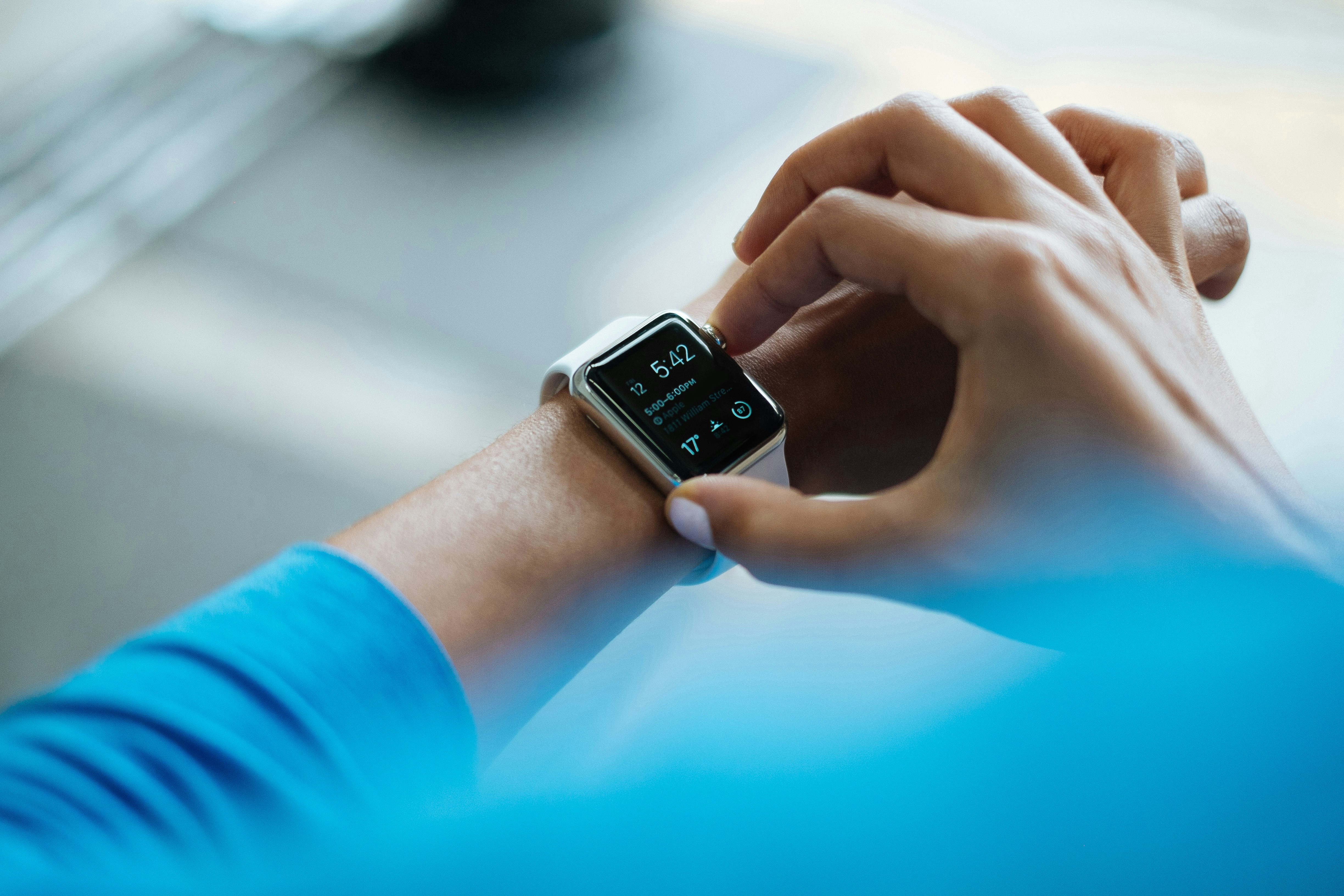Harnessing New Age Technologies for Holistic Healing
April 21, 2025 | by info@c-device.com
 Photo by Carlos Muza on Unsplash
Photo by Carlos Muza on Unsplash The Role of Wearable Devices in Health Monitoring
Wearable devices, including smartwatches and fitness trackers, are revolutionizing the way health monitoring is conducted. These innovations enable continuous tracking of vital signs and physical activity, offering users immediate insights into their health status. For instance, many wearables can monitor heart rate, blood pressure, sleep patterns, and even oxygen saturation levels. By providing real-time feedback, these devices empower individuals to take a proactive approach to their health management.
One significant advantage of wearable technology is its capability to assist in remote patient monitoring. This feature is particularly beneficial for individuals managing chronic diseases such as diabetes, hypertension, and heart conditions. Wearable devices can transmit vital data directly to healthcare providers, allowing for timely interventions if necessary. This seamless integration of technology into patient care not only enhances monitoring practices but also strengthens the doctor-patient relationship through improved communication and faster responsiveness.
Moreover, wearables play a critical role in promoting preventative health measures. By encouraging users to remain active and engaged with their health goals, these devices foster behavioral changes that can lead to improved overall health outcomes. Features such as step tracking, reminders for hydration, and guided workouts motivate individuals to adopt healthier lifestyles. When integrated with healthcare systems, the data collected from wearables can inform clinical decisions, leading to personalized treatment plans that are tailored to individual needs.
In the context of health check-ups, the reliance on wearable devices is rapidly increasing. These tools not only facilitate individual monitoring but also contribute to the overall efficiency of healthcare services. By harnessing the insights derived from wearable data, healthcare professionals can focus on preventative care and management strategies that are informed by comprehensive, real-time information. This shift towards technology-enhanced health monitoring is redefining patient care in the modern age.
The Impact of Virtual Reality on Therapeutic Practices
Virtual reality (VR) has emerged as a groundbreaking tool in therapeutic settings, significantly transforming conventional approaches to pain management, phobia treatment, and mental health therapy. By creating immersive experiences, VR enables patients to engage with their treatment in a manner that is both innovative and effective. One of the crucial applications of VR in healthcare is its ability to distract patients during painful procedures.
For instance, during surgeries or wound care, VR can transport patients to calming environments, significantly reducing their perception of pain. Studies have demonstrated that patients who engage with VR experiences report lower pain levels and reduced anxiety compared to those who receive standard treatment. This distraction technique not only aids in immediate pain relief but also contributes to better treatment compliance, as patients find it easier to endure necessary but uncomfortable procedures.
In the realm of phobia treatment, VR serves as an invaluable tool for exposure therapy. By allowing individuals to confront their fears in a controlled setting, VR can gradually desensitize them to anxiety-provoking stimuli. For patients with specific phobias, such as fear of heights or spiders, VR can simulate encounters that facilitate progressive exposure, thereby accelerating the therapeutic process. Research has shown that this method effectively reduces fear responses and enhances the overall efficacy of therapy.
Moreover, VR enhances rehabilitation exercises for individuals recovering from physical injuries. Tailored VR programs can encourage patients to participate in therapeutic activities that are both engaging and challenging. These programs can be adjusted in real time to match the patient’s recovery progress, ensuring a personalized approach that promotes better outcomes.
While the benefits of VR therapy are evident, it is essential to address ethical concerns regarding its use in medical practices. Issues such as patient consent, potential over-reliance on technology, and the implications of creating virtual realities must be carefully considered as the integration of VR into therapeutic frameworks continues to evolve.
RELATED POSTS
View all


